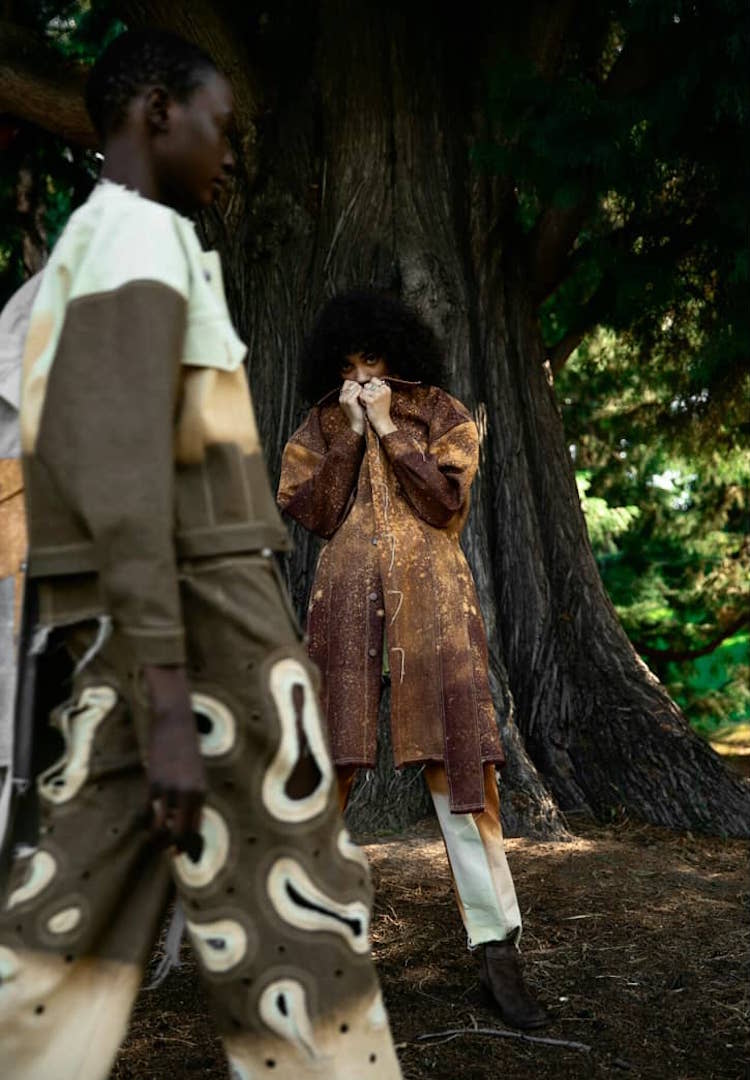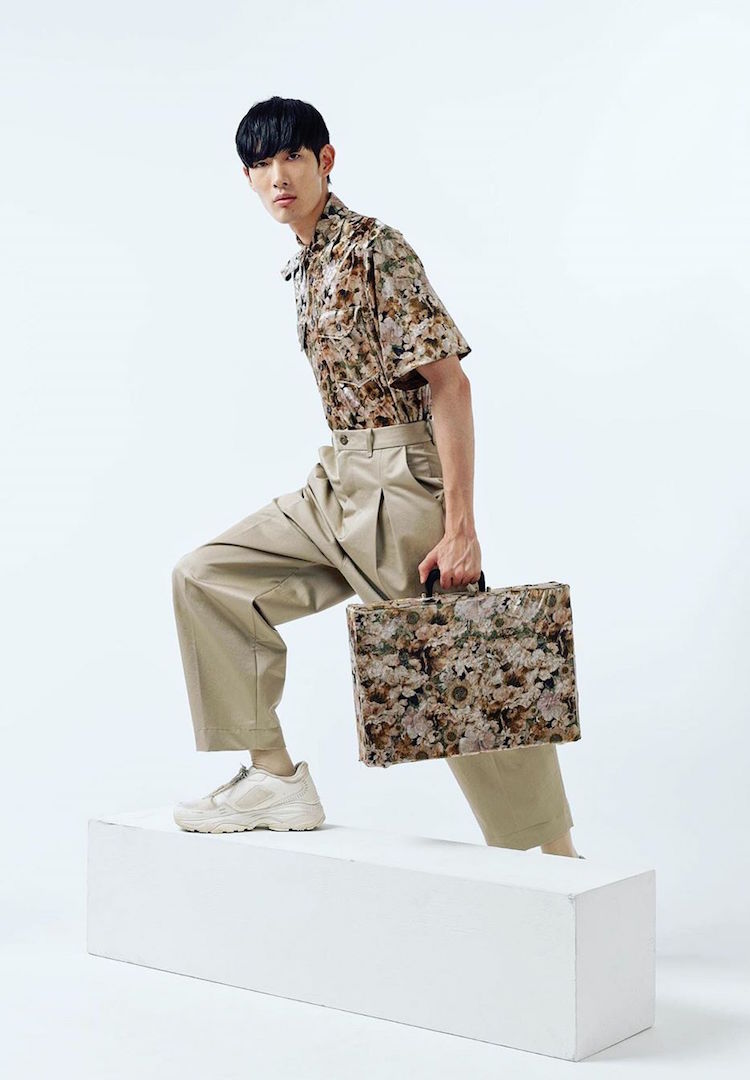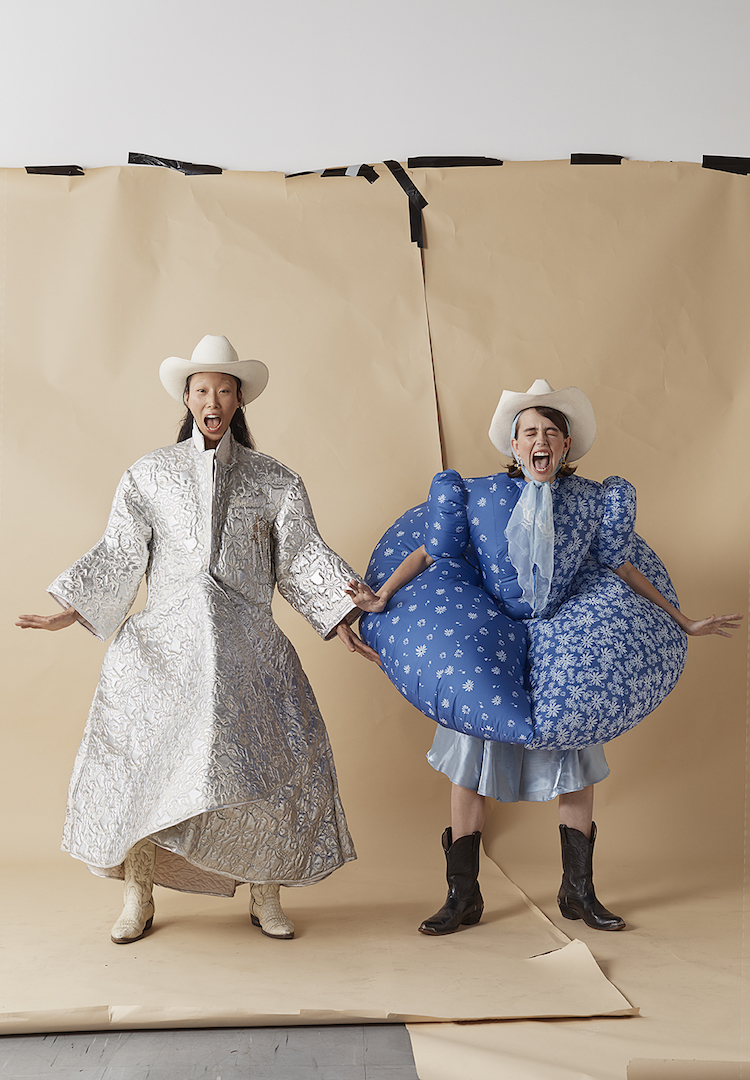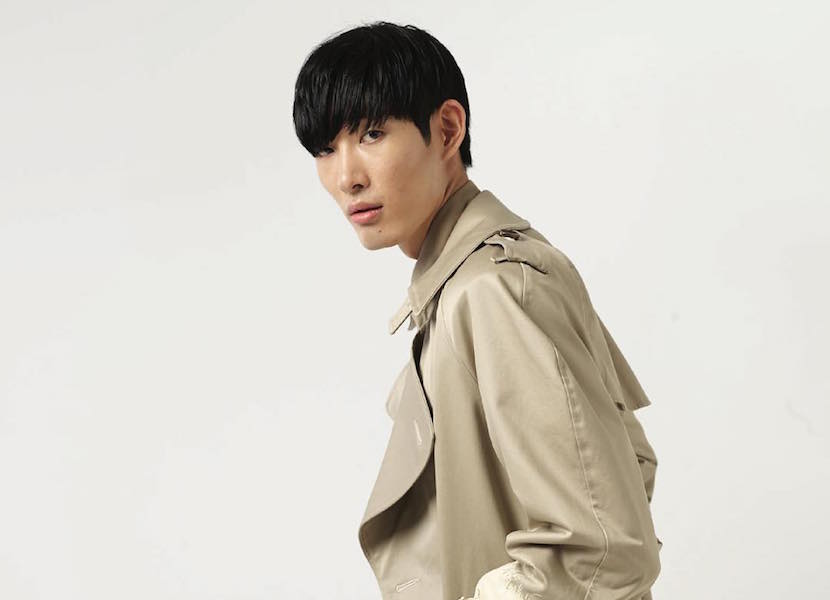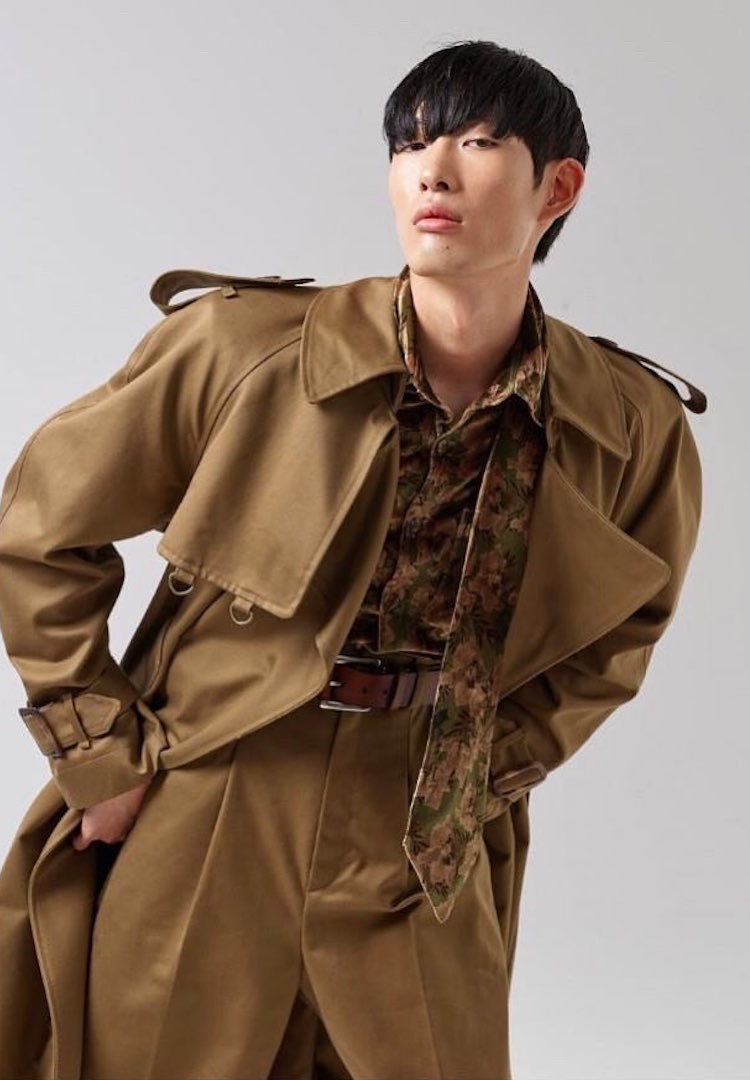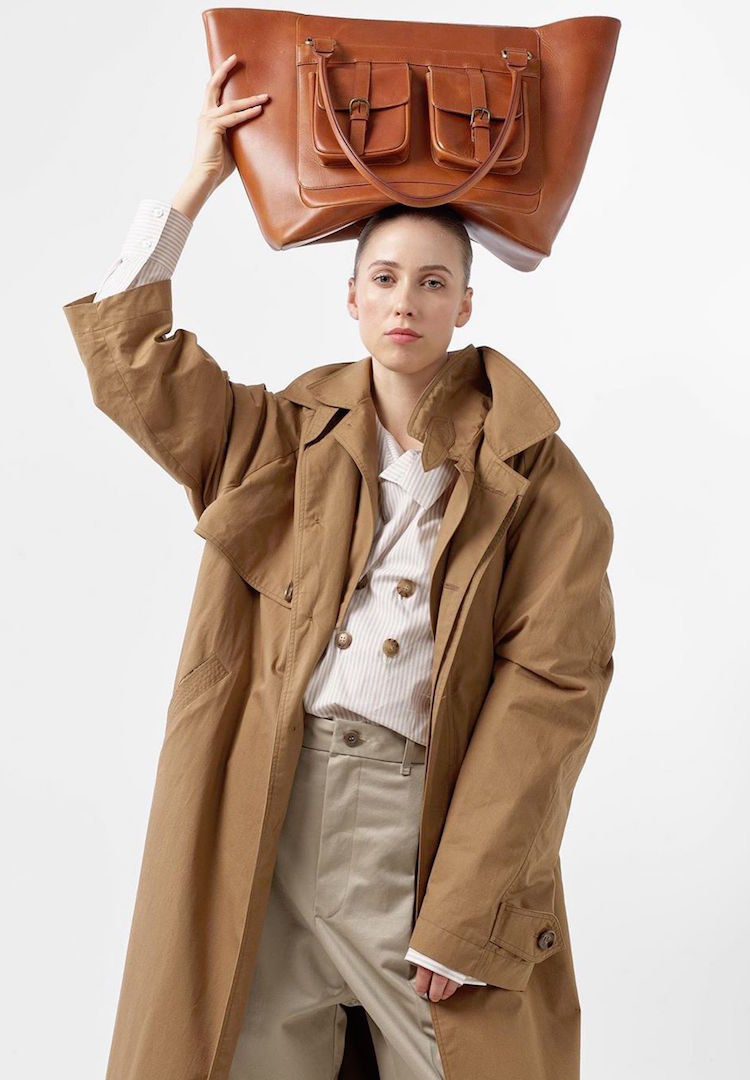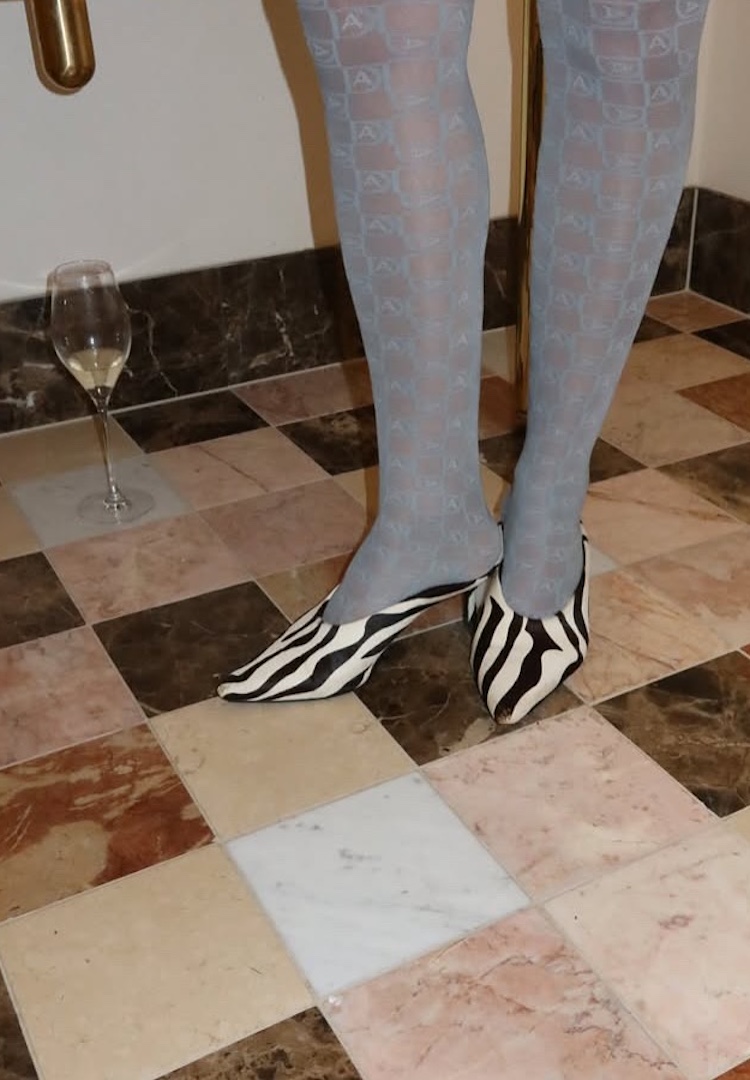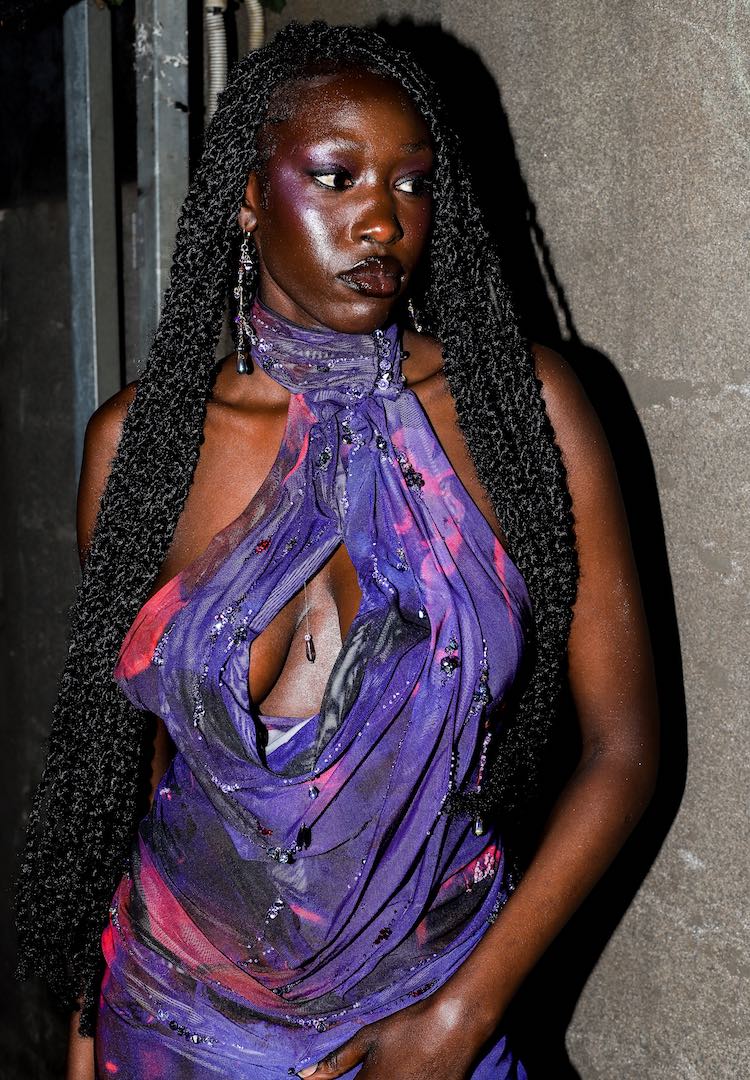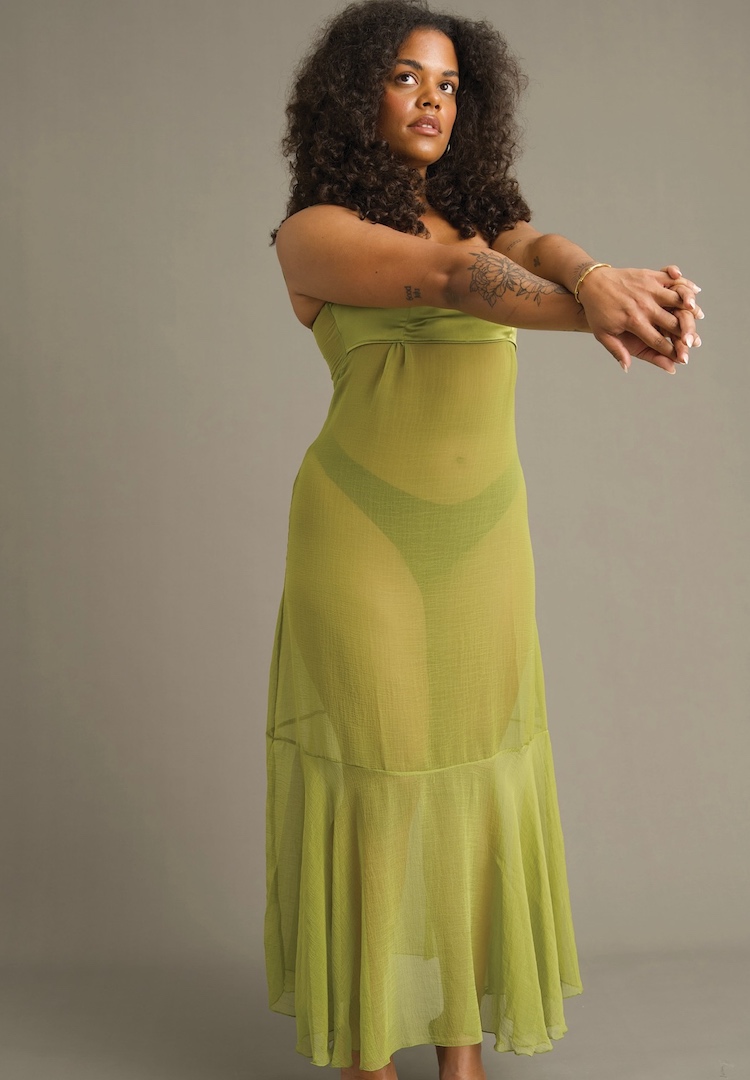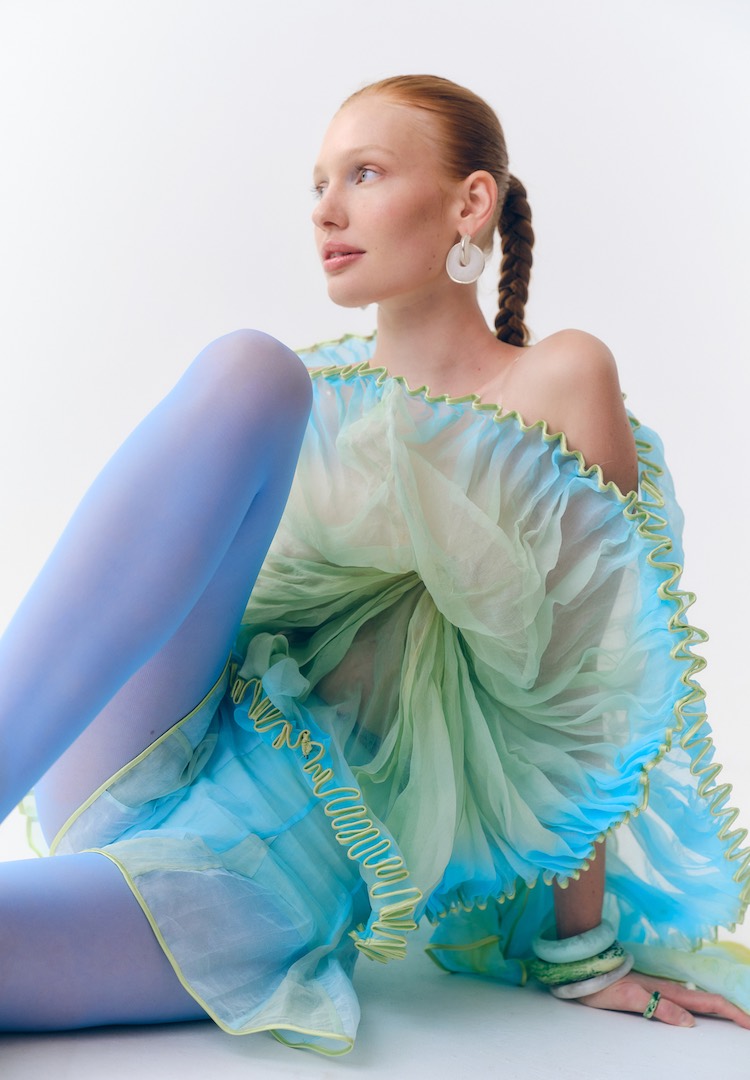Kim Clark’s graduate collection is a celebration of Vietnamese and Australian culture
Photography by Vlad Savin
The everyday Vietnamese cowboy.
Once again, Fashion Journal is the supporting partner of Virgin Australia Melbourne Fashion Festival’s National Graduate Showcase.
The 12 finalists for 2020 have been announced, and they’ve given us an insight into the process behind the collections they’ll be showing.
Next up: Kim Clark and her graduate collection over lapped.
Please introduce yourself to our readers.
I recently graduated with a Master’s Degree in Fashion Design from RMIT. After working in the marketing field for many years, I decided to pursue my childhood dream of becoming a fashion designer. I conceptualise and produce fashion inspired by human behaviour and cultural intersections. I am obsessed with construction and pattern making, therefore, I like to use them as tools to explore and express my ideas.
Tell us about your collection.
The over lapped collection is an overlay of Western men’s archetypes with Vietnamese surface design techniques. Forms and silhouettes are designed to reflect classic fashion archetypes, while Vietnamese floral motifs, hand painting, colours and fabrications are embedded through the collection for a fresh aesthetic.
When did you know you wanted to get into fashion design?
At the age of five, my friends would compete with each other to own the prettiest drawings that I drew on walls or doors. After the war, we moved from North Vietnam to the south and lived in a neighbourhood with several famous tailors in Saigon. I collected remnants from the tailors and started making dresses for dolls, which was my favourite childhood pastime. However, when it was time to go to college, going to an art school was a luxury in Vietnam because of very limited job prospects, so I ended up taking commerce instead. After many years working in marketing, I kept thinking of becoming a designer, and in 2013 I decided to study fashion.
How would you describe your design style?
I am interested in challenging the notion of classic fashion forms and archetypes to investigate their fundamental elements and understand their significance.
What were the major points of inspiration for your graduate collection?
The collection is inspired by my own journey as a Vietnamese person married to an Australian and celebrates cross-culture. It reflects everyday aspects of life, from my husband’s work clothes to Vietnamese motifs, fabrication and surface design techniques.
Tell us about the experience of putting together your graduate collection.
The most challenging aspect of the process was transforming the concept into garments that are wearable but reflect my ideas at the same time. By constantly revisiting my research and making numerous prototypes, I was able to refine my work and make the necessary changes. For me, studio work and research are inseparable. The process of going back and forth between these helps shed light and clarifies so many questions that come up during the project. Discussing ideas with my peers and lecturers was important in helping me challenge myself to generate and elevate my ideas. Organisational skills were also vital because the whole project was about working against time and required a lot of coordination with others. And the most important thing is being kind to each other.
What part does sustainability play in your design practice?
As a designer, I always try to be aware of my own practice. I applied several methods during the different phases of the project.
Material sourcing phase: prioritising dead stock and natural fibres – more than 80 per cent of the material in this collection is deadstock, and about 70 per cent is natural fibres.
Designing phase: increasing the value and longevity of garments by finishing them well and using good materials; applying modular design, which allows audiences to participate in the re-design process; well-planned sizing and cutting to accommodate several shapes and sizes, both male and female.
Production phase: maximising the usage of fabric in order to reduce waste.
What’s next for you?
With my collection, I won the Australian Fashion Foundation award, which allows me to intern with a fashion company in New York. This opportunity will enable me to gain more skills and experience, and build a strong international network for a better future. In the meantime, I have been working with local artists on a project to upcycle used clothes and collaborating in a small exhibition with a friend.
Find more of Kim’s work here.

